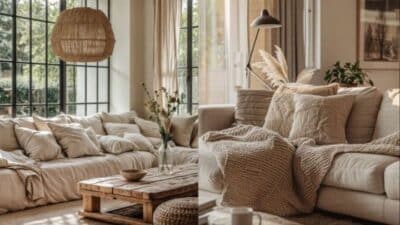Transforming your walls from blank canvases into personalized expressions of style can dramatically enhance any living space. Whether you’re seeking a complete room refresh or just want to add a touch of personality, wall art provides an accessible way to make a significant impact. The right wall decor can instantly elevate your interior design, creating visual interest and reflecting your unique aesthetic without requiring major renovations or expense.
From large-scale statement pieces that anchor a room to curated gallery walls that tell your story, the possibilities for wall art are virtually limitless. Modern options range from traditional framed prints to dimensional sculptures, textile hangings, and even creative DIY projects that won’t break your budget. Mixing different sizes, textures, and mediums can create dynamic visual interest that brings your walls—and by extension, your entire space—to life.
Key Takeaways
- Wall art serves as an accessible and impactful way to transform your space without major renovations.
- Mixing different styles, sizes, and mediums creates dynamic visual interest that personalizes your environment.
- Budget-friendly options like printable digital art, DIY projects, and strategic gallery walls offer stylish solutions regardless of price point.
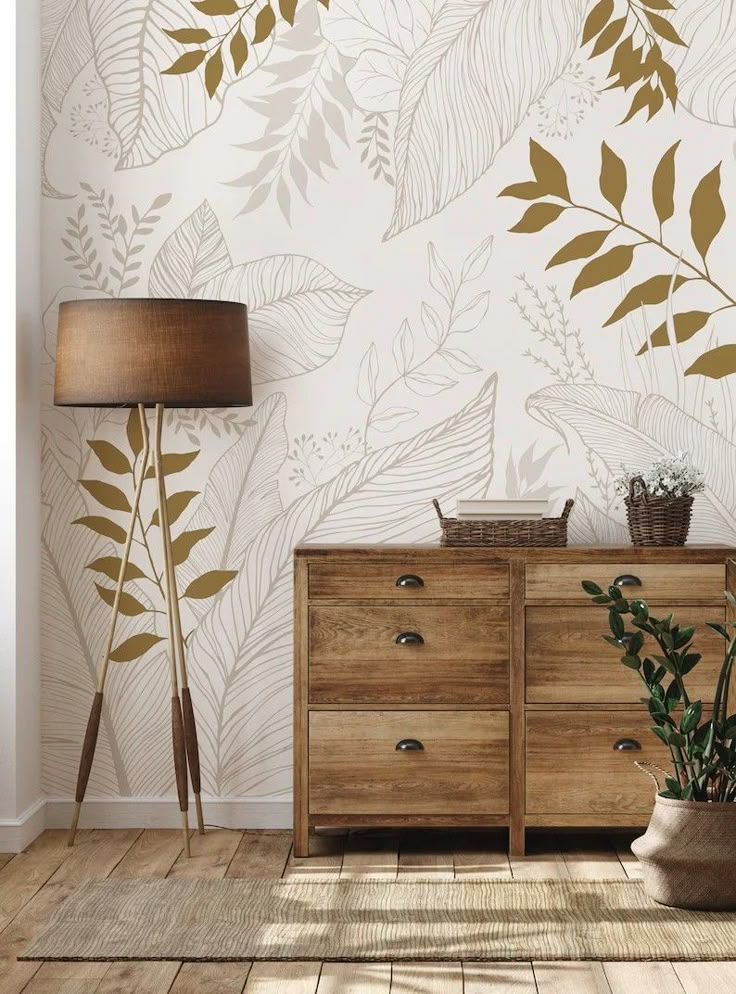
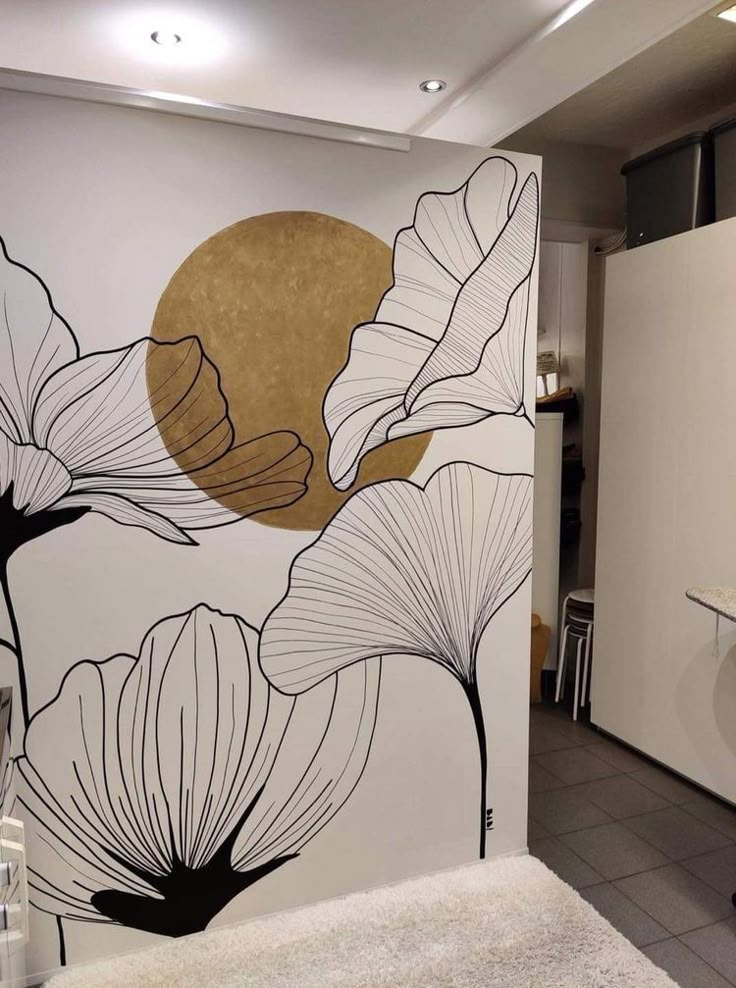
Foundations of Wall Art in Interior Design
Art transforms living spaces by adding personality, color, and visual interest to otherwise plain walls. When thoughtfully selected and properly positioned, wall art becomes an essential element that ties together your entire room design.
The Role of Wall Art in Home Decor
Wall art serves as more than mere decoration—it’s a powerful tool that sets the tone for your entire space. A striking piece can become the focal point around which you build the rest of your room’s design elements.
Art expresses your personality and creates emotional connections within your home. It can introduce color schemes, establish themes, and even make spaces feel larger through visual depth.
Consider wall art as your room’s “conversation starter” that draws the eye and invites engagement. Empty walls create an unfinished feeling, while thoughtfully decorated ones bring warmth and character to your living spaces.
Balancing Art and Furniture Placement
Your wall art should complement your furniture, not compete with it. When hanging pieces above sofas or beds, aim for artwork that spans roughly two-thirds of the furniture’s width for visual balance.
Height matters significantly. The center of your art should generally hang at eye level (57-60 inches from the floor) in most spaces. When placing art above furniture, position it 4-8 inches above the piece to create a cohesive relationship.
Large empty walls benefit from statement pieces or gallery arrangements. For smaller walls or narrow hallways, consider vertical arrangements that draw the eye upward.
Quick Placement Tips:
- Allow breathing room around artwork
- Balance large pieces with smaller complementary works
- Consider the wall color as part of your composition
Choosing the Right Artwork for Your Living Space
Select art that resonates with your personal taste while complementing your existing decor. Consider the color palette of your room—artwork can either harmonize with your current scheme or introduce deliberate contrasting accents.
Scale is crucial. Large walls need substantial pieces or collections to avoid looking sparse. Conversely, smaller spaces require more modest works that don’t overwhelm.
Think about the function of each room. Dining areas benefit from food-friendly imagery or conversation pieces, while bedrooms call for calming, restful subjects. Living rooms can handle more dramatic or stimulating artwork.
Mixing media adds dimension—combine paintings, prints, photographs, and textural pieces for visual variety. Don’t be afraid to experiment with unexpected pairings of traditional and contemporary works for a curated, collected look.
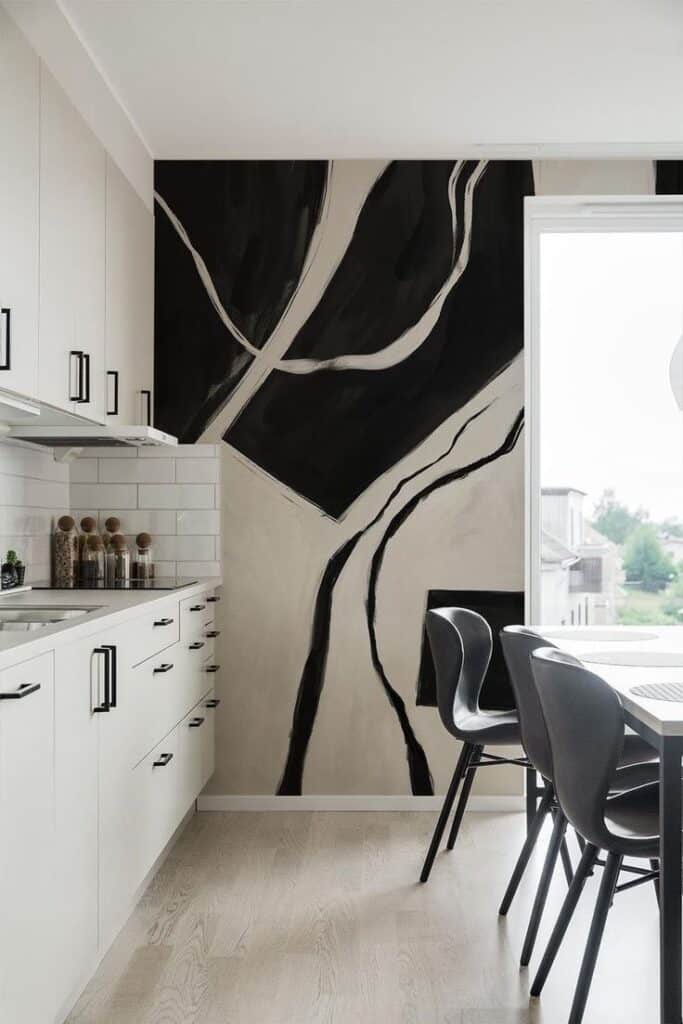

Types of Wall Art Ideas
Wall art transforms spaces by adding personality, color, and visual interest. The right selection can serve as a focal point or complement your existing décor, turning blank walls into expressions of your personal style.
Gallery Walls and Arrangements
Gallery walls create striking visual impact by combining multiple pieces into a cohesive display. Start with a central anchor piece, then build outward with complementary artworks of varying sizes and orientations.
For a polished look, maintain consistent spacing between frames (typically 2-3 inches). You can arrange pieces symmetrically for a formal feel or asymmetrically for more dynamic energy.
Consider these popular gallery wall styles:
- Grid arrangement: Uniform frames in perfect alignment
- Salon-style: Eclectic mix of different sized pieces
- Vertical column: Especially effective in narrow spaces
- Staircase arrangement: Follows the line of a stairwell
Mixing mediums adds depth—try combining paintings, photographs, prints, and small 3D objects for visual interest.
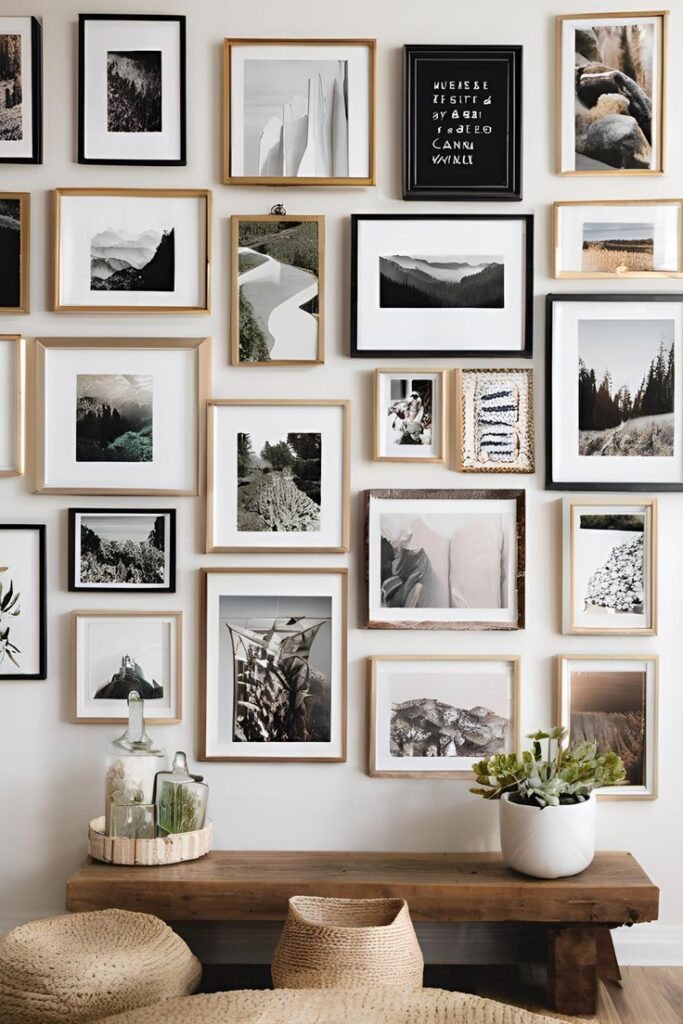
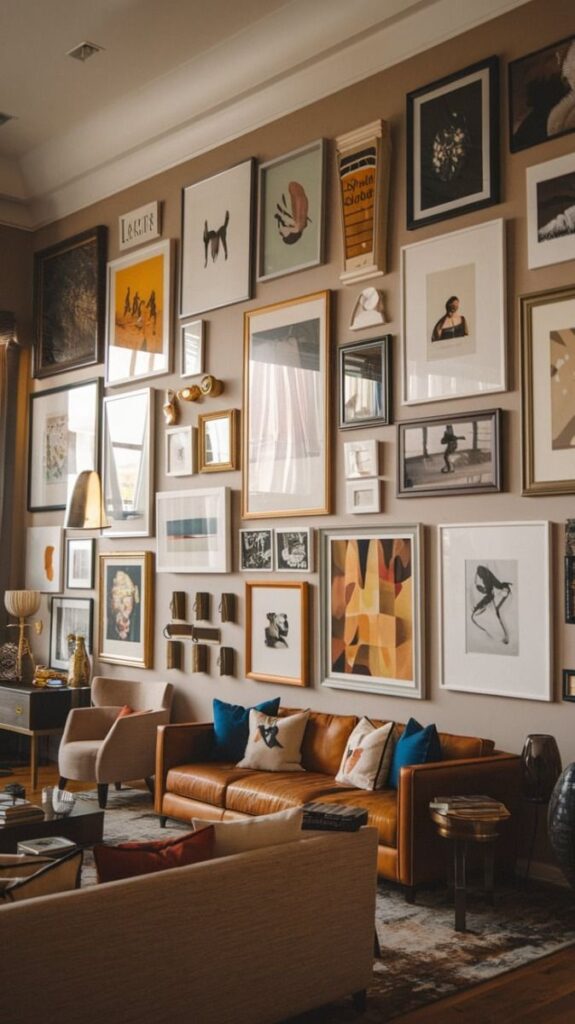
Framed Art and Prints
Framed art serves as the foundation of most wall décor collections. You can select original paintings for unique character or high-quality prints for more affordable options that still deliver visual impact.
The frame itself dramatically influences how artwork presents in your space. Modern, minimalist rooms benefit from simple black or white frames, while ornate gold frames complement traditional décor. Natural wood frames work beautifully in rustic or coastal interiors.
Consider these framed art options:
- Fine art reproductions of famous paintings
- Digital illustrations or graphic prints
- Botanical prints for a nature-inspired touch
- Abstract paintings for contemporary spaces
When selecting framed art, choose pieces that resonate with you personally while complementing your color scheme. For maximum impact, hang artwork at eye level—typically 57-60 inches from the floor to the center of the piece.

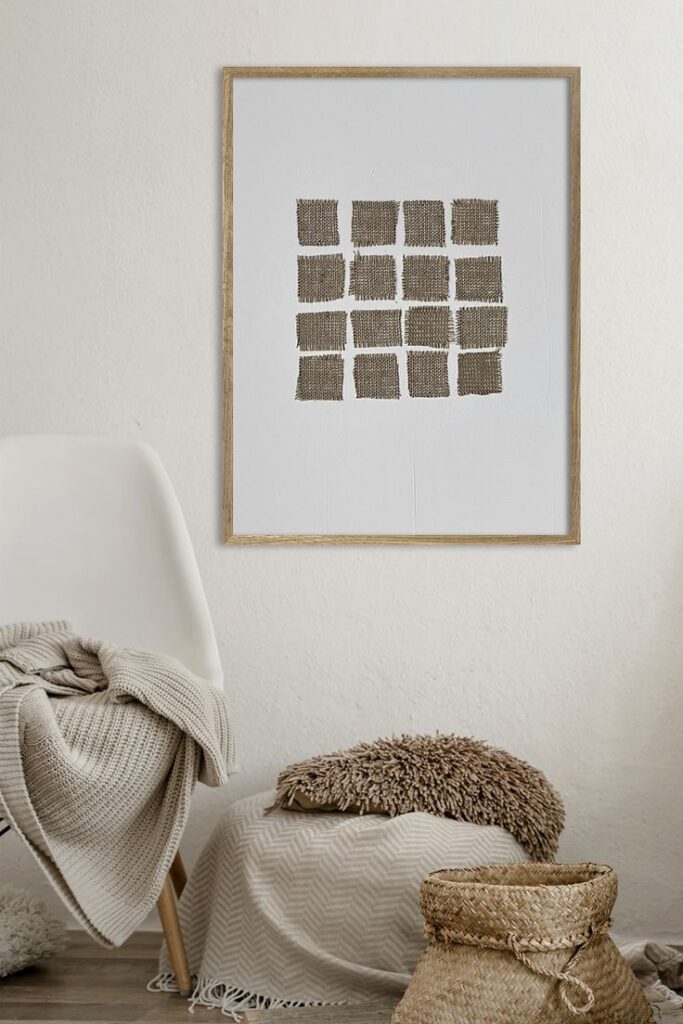
Modern Wall Art Styles
Modern wall art embraces contemporary aesthetics with clean lines, bold colors, and innovative materials. Abstract designs featuring geometric patterns or organic shapes create striking focal points in minimalist spaces.
Mixed media pieces incorporate diverse materials like metal, wood, fabric, and recycled elements for distinctive textural interest. These dimensional works cast shadows that change throughout the day, adding a dynamic quality to your walls.
Popular modern wall art trends include:
- Oversized canvas prints that make dramatic statements
- Metal wall sculptures adding industrial chic appeal
- Neon signs or LED art for playful illuminated displays
- Minimalist line drawings offering subtle sophistication
Digital art and NFTs represent cutting-edge additions to the modern wall art scene. Digital displays can rotate through multiple artworks, allowing you to change your décor at the touch of a button.
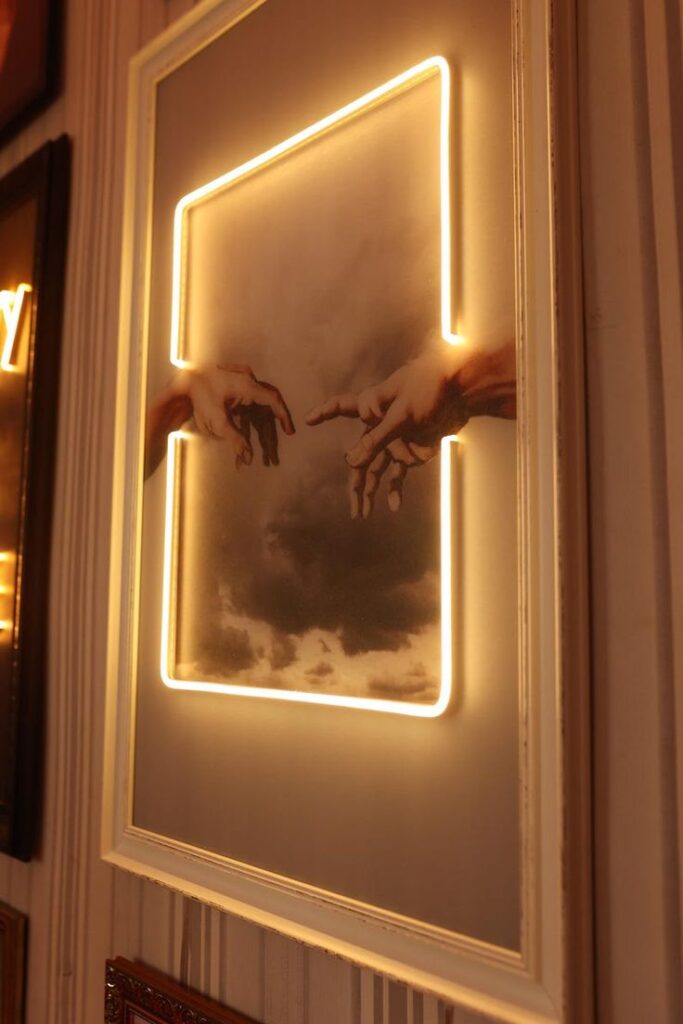
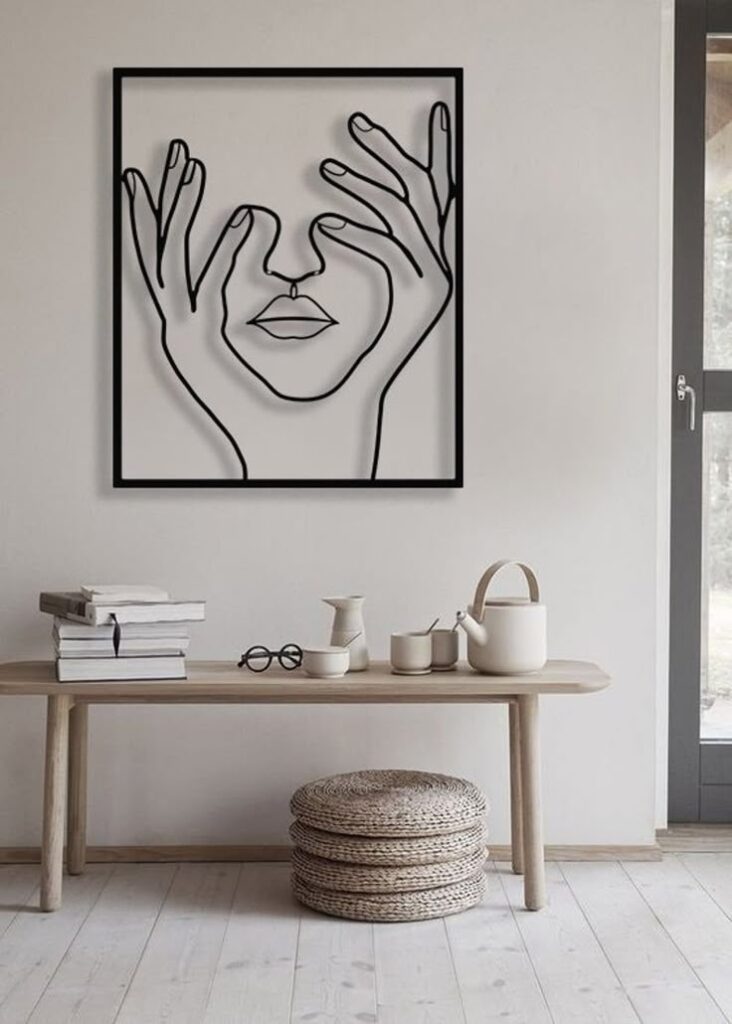
Incorporating Family Photos
Family photos personalize your space with meaningful memories. For a contemporary look, choose black and white prints in matching frames, or select a cohesive color filter across all images.
Create impact by enlarging a particularly special photograph as a statement piece. Alternatively, arrange smaller photos chronologically to tell your family’s story through time.
Consider these creative family photo display ideas:
- Photo ledges allowing easy rearrangement of images
- Custom photo collages professionally printed on single canvases
- Floating frames for a clean, modern aesthetic
- Heritage wall blending vintage family photos with contemporary ones
Update your family photo displays seasonally or annually to include new memories. For best results, choose high-resolution images and professional-quality printing to ensure your precious memories look their best on display.
Creative Combinations and Unique Touches
Wall art doesn’t have to be limited to framed prints or canvases. Thinking outside the box with creative combinations can transform blank walls into personalized showcases that reflect your unique style and interests.
Shelf Displays and Layered Decor
Floating shelves offer versatile platforms for creating dynamic wall displays that can evolve with your tastes. Install thin shelves at varying heights to create visual interest while providing space for artwork, small sculptures, and personal mementos.
Consider overlapping smaller framed pieces against larger ones for depth. This layered approach creates dimension that flat wall hangings alone cannot achieve.
Mix materials like wood, ceramic, and metal objects alongside traditional art pieces. The juxtaposition of textures adds visual complexity and draws the eye across the entire arrangement.
Change your shelf displays seasonally to keep your space feeling fresh. Rotate items from storage or swap in seasonal elements like autumn leaves or holiday ornaments to maintain visual interest year-round.
Mirrors and Reflective Surfaces
Mirrors serve dual purposes as both functional items and artistic elements. Position a large statement mirror across from a window to maximize natural light and create the illusion of more space.
Try grouping several smaller mirrors in different shapes and frames for an eclectic gallery effect. This works particularly well in narrow hallways or small rooms that benefit from added brightness.
Metallic and reflective art pieces complement mirrors beautifully. Consider:
- Copper or brass wall sculptures
- Silver leaf accents
- Gold-framed artwork
- Mercury glass decorative objects
Mirrored mosaic pieces add sparkle and movement as they catch and scatter light throughout your space. These work especially well in dining areas or entertainment spaces where they create ambiance.
Photography as Focal Points
Personal photographs transformed into wall art create meaningful focal points that tell your story. Consider enlarging a particularly striking travel photo to make a bold statement piece that anchors a room.
Black and white photography lends sophistication to any space. Convert colorful images to monochrome for a cohesive collection that works in virtually any color scheme.
Create thematic photo groupings based on:
- Travel destinations
- Family milestones
- Seasonal outdoor shots
- Architectural details
Experiment with different printing methods like canvas wraps, metal prints, or framed matte prints to add variety. Each medium creates a different visual impact and can highlight different aspects of your photographs.

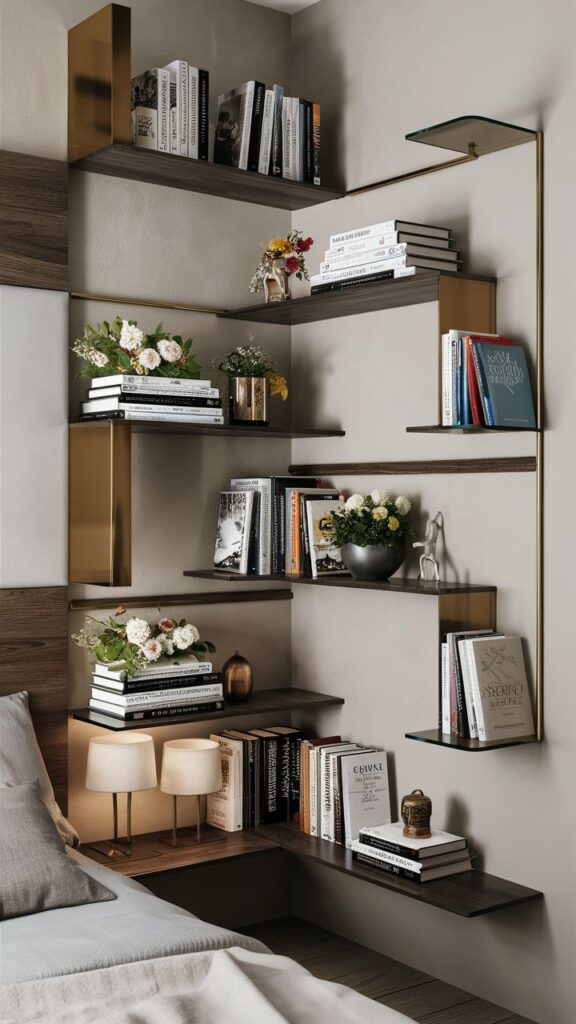
Setting the Mood with Lighting and Ambiance
Proper lighting transforms how wall art is perceived in your space. Strategic illumination not only showcases your artwork but creates an atmosphere that enhances your overall décor.
Highlighting Artwork with Lighting
Wall sconces positioned above or below artwork create focused illumination that draws attention to your pieces. Picture lights mounted directly to the frame or wall provide consistent, controlled lighting that reduces glare and shadows.
Track lighting offers flexibility, allowing you to adjust the direction and intensity to suit different artwork sizes and placements. Consider LED options which produce less heat and won’t damage delicate pieces over time.
The color temperature of your bulbs matters significantly. Warm light (2700K-3000K) brings out reds and yellows, while cooler light (3500K-4100K) enhances blues and greens. Match the temperature to complement your artwork’s dominant colors.
Using Ambient Light to Enhance Decor
Ambient lighting creates depth and atmosphere around your art displays. Floor lamps positioned near gallery walls provide soft, diffused illumination that warms the entire space without overwhelming the artwork.
Dimmable fixtures give you control over the mood. Bright lighting works for detailed examination, while dimmed settings create intimacy during evenings or gatherings.
Consider light layering by combining ceiling fixtures, wall lights, and lamps at various heights. This approach prevents harsh shadows and creates visual interest throughout the room.
Reflect light with strategically placed mirrors to amplify brightness and make spaces feel larger. This technique works particularly well in smaller rooms or areas with limited natural light sources.
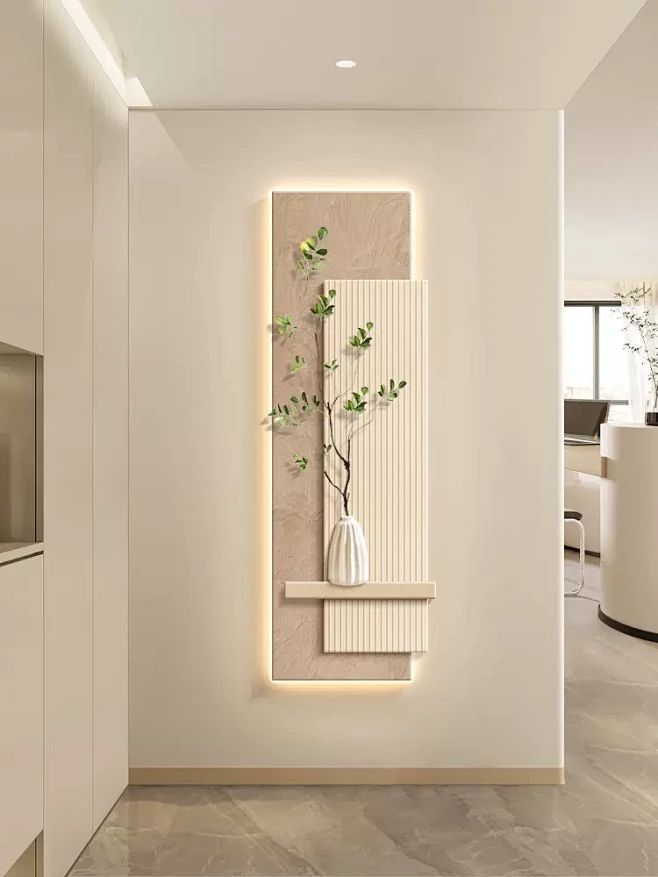
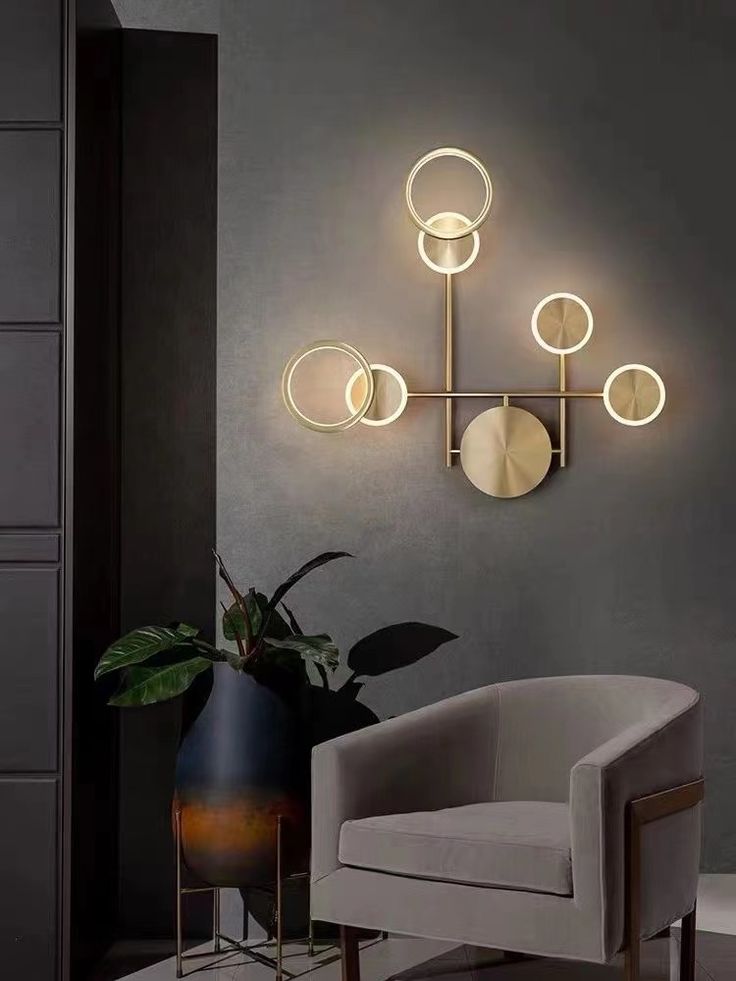
Inspiring Statement Walls and Seasonal Updates
Transform your living space with impactful wall designs that can be easily adapted throughout the year. Statement walls create focal points in any room while seasonal updates keep your home feeling fresh and current without major renovations.
Designing a Statement Wall
A statement wall instantly elevates your interior design by creating a focal point that reflects your personal style. Consider bold paint colors like deep navy, emerald green, or charcoal to make a dramatic impact with minimal effort.
Wooden slats installed vertically or horizontally add texture and dimension that flat paint cannot achieve. This architectural element works particularly well in modern and Scandinavian-inspired spaces.
Wallpaper offers unlimited design possibilities from subtle textures to bold patterns. Removable options are ideal if you rent or like to change your decor frequently.
For a three-dimensional approach, try installing molding in geometric patterns or creating a gallery wall with artwork in coordinating frames. The key is selecting a design that complements your existing decor while making a distinct visual impact.
Adapting Your Wall Art for Seasonal Decor
Seasonal updates to your wall decor keep your home feeling fresh and relevant throughout the year. Switch out framed prints in existing frames to reflect seasonal colors—warm oranges and reds for fall, cool blues and whites for winter.
Textile wall hangings offer texture and warmth during colder months and can be replaced with lighter options in spring and summer. Consider macramé, woven pieces, or fabric panels that can be easily changed.
Create a designated display shelf where seasonal objects can be rotated. This might include natural elements like pine cones in winter or seashells in summer.
For holiday-specific decor, use removable wall decals or temporary picture displays that won’t damage your statement wall. These allow for festive touches without compromising your overall design scheme.

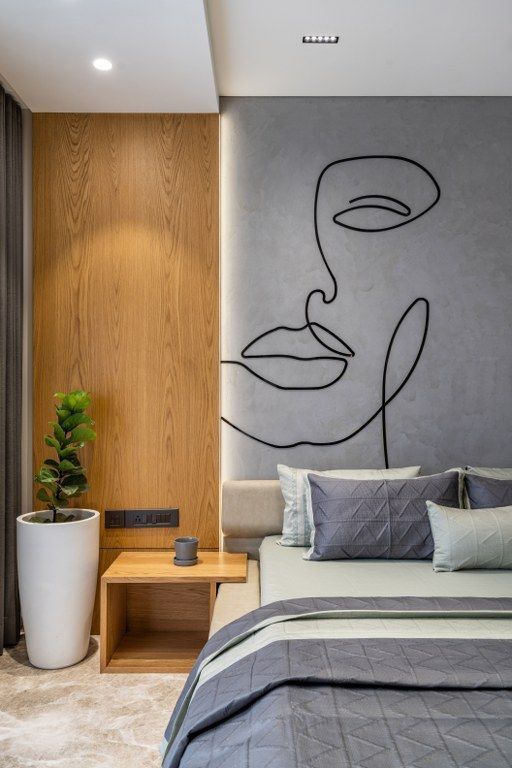
Sourcing Wall Art and Maximizing Value
Finding beautiful wall art doesn’t have to drain your bank account. Strategic sourcing and smart purchasing decisions can help you build an impressive collection while staying within your budget.
Where to Find Wall Art for Sale
Art galleries aren’t the only places to discover stunning wall art. Thrift stores and estate sales often hide incredible pieces at fraction of retail prices. Keep an eye out for local art fairs where emerging artists sell original works at accessible price points.
Online marketplaces like Etsy and Society6 offer thousands of options from independent artists worldwide. Many museums sell high-quality prints of famous works through their gift shops and websites. Don’t overlook home decor retailers during seasonal sales when artwork is frequently discounted 30-50%.
Consider unexpected sources like student art shows at local colleges where you can find innovative pieces while supporting emerging talent. Vintage shops sometimes carry unique artwork with character and history you won’t find in mass-market stores.
Tips for Buying Wall Art Online
Always check the dimensions before purchasing online artwork. What looks substantial on screen might be surprisingly small in person. Read reviews carefully, particularly those with customer photos showing the art in actual homes.
Look for retailers offering free returns if you’re unsure about a piece. This policy allows you to see how artwork looks in your space without financial risk. Compare prices across multiple sites as the same print might vary significantly in cost.
Request sample swatches when available, especially for canvas or textured prints. This helps verify color accuracy and material quality. Pay attention to framing options – sometimes the frame costs more than the artwork itself, and you might save by purchasing unframed.
Price comparison checklist:
- Base artwork cost
- Shipping fees
- Frame prices (if applicable)
- Potential import duties for international orders
Caring for and Displaying Your Wall Art
Protect your investment by hanging artwork away from direct sunlight, which can fade colors over time. Use proper hanging hardware rated for your artwork’s weight to prevent accidents and wall damage.
Clean framed pieces gently with a microfiber cloth rather than spraying cleaners directly onto surfaces. For canvas art, dust lightly with a soft brush or dry cloth to maintain its appearance without damaging the material.
Strategic display tips:
- Hang art at eye level (approximately 57-60 inches from the floor to center)
- Create gallery walls with cohesive themes or color schemes
- Use picture lights for important pieces
- Consider rotating your collection seasonally to keep spaces feeling fresh
When displaying multiple pieces, maintain consistent spacing between frames. This simple technique instantly creates a more professional, curated look in your home. Consider your wall color as part of the presentation – neutral backgrounds let colorful art stand out while bold walls complement simpler artwork.
- 0shares
- Facebook0
- Pinterest0
- Twitter0

